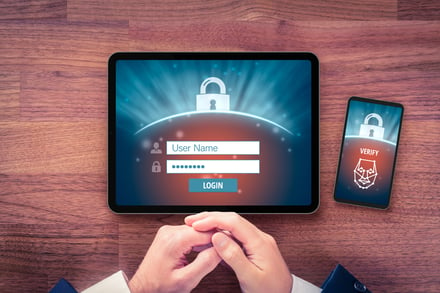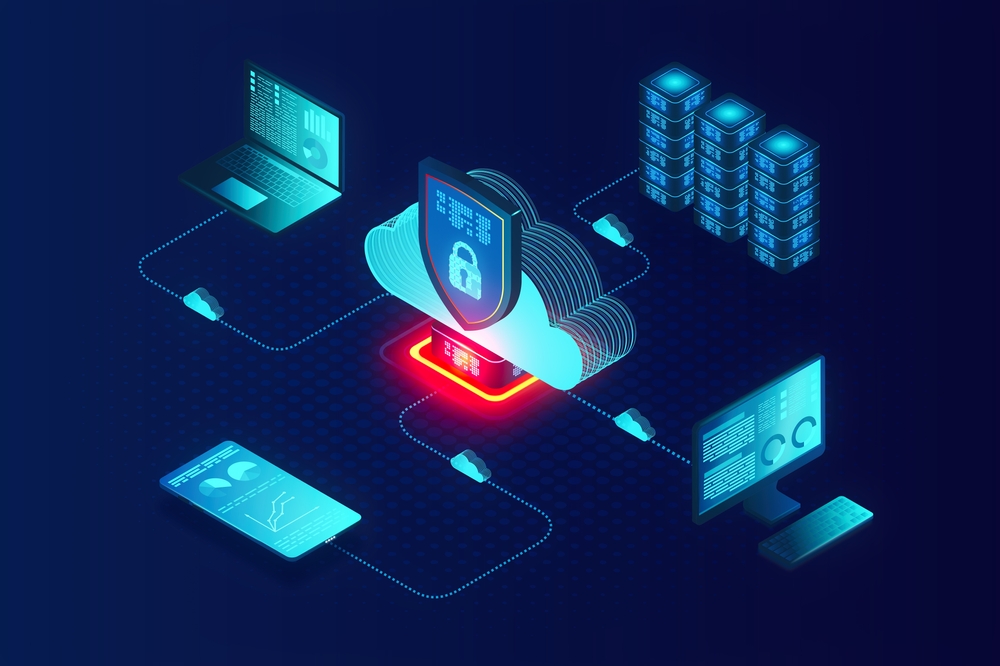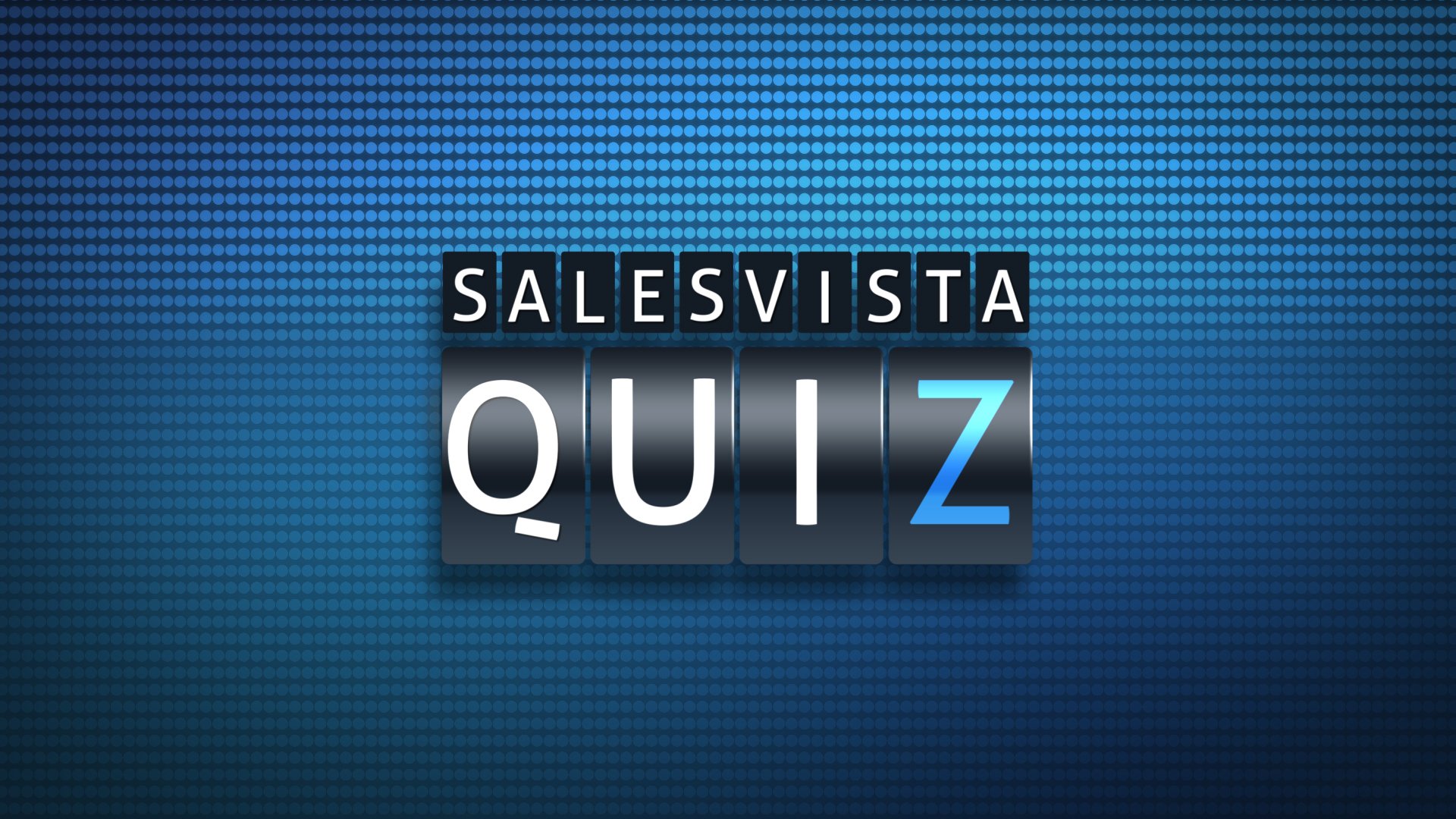Cybersecurity in the Cloud: Who Protects Your Data?
Overcoming the challenges of a distributed workforce begins by ensuring your team consistent and secure access to the tools they need to perform at their highest level. Security has always been a priority, but it’s increasingly critical in today’s cybersecurity environment. With your team members remotely accessing your network from devices of every type, how will you keep your data protected?
The new landscape
Most distributed workforces are using a hybrid cloud model of application delivery, which can make it more difficult for IT teams to monitor network performance and security with visibility across the landscape. The proliferation of endpoints opens new avenues for unauthorized access. Anything that connects to the network — laptops, tablets, smartphones, security cameras, even voice assistants, and connected home appliances — can open new vulnerabilities. The well-defined border of the on-site office network is gone, and this broader, more distributed landscape increases the threat of cybercriminal activity. It’s more critical than ever to be aware of what’s happening on your network and, in the case of cloud applications, with your data.
Zero trust
The concept of zero trust is gaining ground as companies and security agencies move away from the more traditional “castle and moat” cybersecurity models. Zero trust is a cybersecurity strategy founded on a simple idea: Trustworthy once does not imply trustworthy always. In other words, an account or device considered safe in the past may not be secure today.

Zero trust principles require users to continually log in or use other authentication methods to maintain access to internal company resources. It often uses multifactor authentication and encrypts all communications, even within the company network. Zero trust also restricts user access to the minimum amount necessary for job performance, aka principle of least privilege, or POLP.
Shared responsibility
For cloud-based platforms and applications, the shared responsibility model is standard for managing cybersecurity. Traditionally, cybersecurity was each company’s obligation and included measures for building security and direct access prevention. With a move to the cloud, companies share the burden of data protection with their cloud vendor(s), but while models are similar, your company’s share of the responsibility differs between service providers, and even types of service.
It’s imperative for both vendors and customers to understand exactly where their cybersecurity responsibilities begin and end. Cloud Security Alliance says, “In this shared responsibility model, security ownership must be clearly defined, with each party maintaining complete control over those assets, processes, and functions they own. By working together with your cloud provider and sharing portions of the security responsibilities, you can maintain a secure environment with less operational overhead.”

Cybersecurity trends
We have more knowledge and experience in predicting, interrupting, and stopping cyberattacks every day. Companies have never been more prepared for the possibility of cybercrime than they are right now. As cybersecurity countermeasures continue to evolve, trends to watch include:
- Consolidation. Rapid changes in the past meant many organizations had to choose single-purpose solutions for immediate fixes. But managing several solutions simultaneously is cumbersome and time-consuming. Companies prefer simplifying, centralizing, and leveraging more holistic solutions that deliver multiple capabilities, and security providers are offering more comprehensive programs in recognition of a need for broader solutions.
- Competitive advantage. Potential customers are interested in how their data is stored and protected, and they will make choices accordingly. They’ll want to know your cybersecurity track record and whether you’ll be a reliable steward of their protected information. An independently verified record of sound security practices is an increasingly strong selling point.
- Dynamic access. The traditional perimeter firewall is unsustainable in a remote access, cloud-based world. Companies are looking for a more precise approach to data access security. Zero standing privilege models incorporate time-bound permissions, and when deployed in conjunction with intelligent threat monitoring and behavior analysis, they help users and networks identify questionable access requests and reduce the risk of compromised credentials.
- Automation. Managing every request manually is time-consuming and delays the relay of urgent security information. Automated cybersecurity processes, enhanced with artificial intelligence and machine learning, can make quick decisions for low-risk access requests. This allows higher-risk activity to be routed for manual evaluation and a more efficient and effective balance of speed and security.
- Preparation. Organizations must prepare for security problems before they happen. This is the time to use technology to simplify organizational operations. Centralizing provides in-depth visibility and reduces labor to ease the burden on your existing workforce and fortify your business against cybersecurity threats.
Cybersecurity is a strength. For a secure sales compensation management solution (SCMS) accessible when and where you need it, contact SalesVista today.
Share this
You May Also Like
These Related Stories

The Security of Cloud-Based Business Solutions: A Q&A With Jason Dick

How Does Cybersecurity Work in SaaS and PaaS Digital Partnerships?
